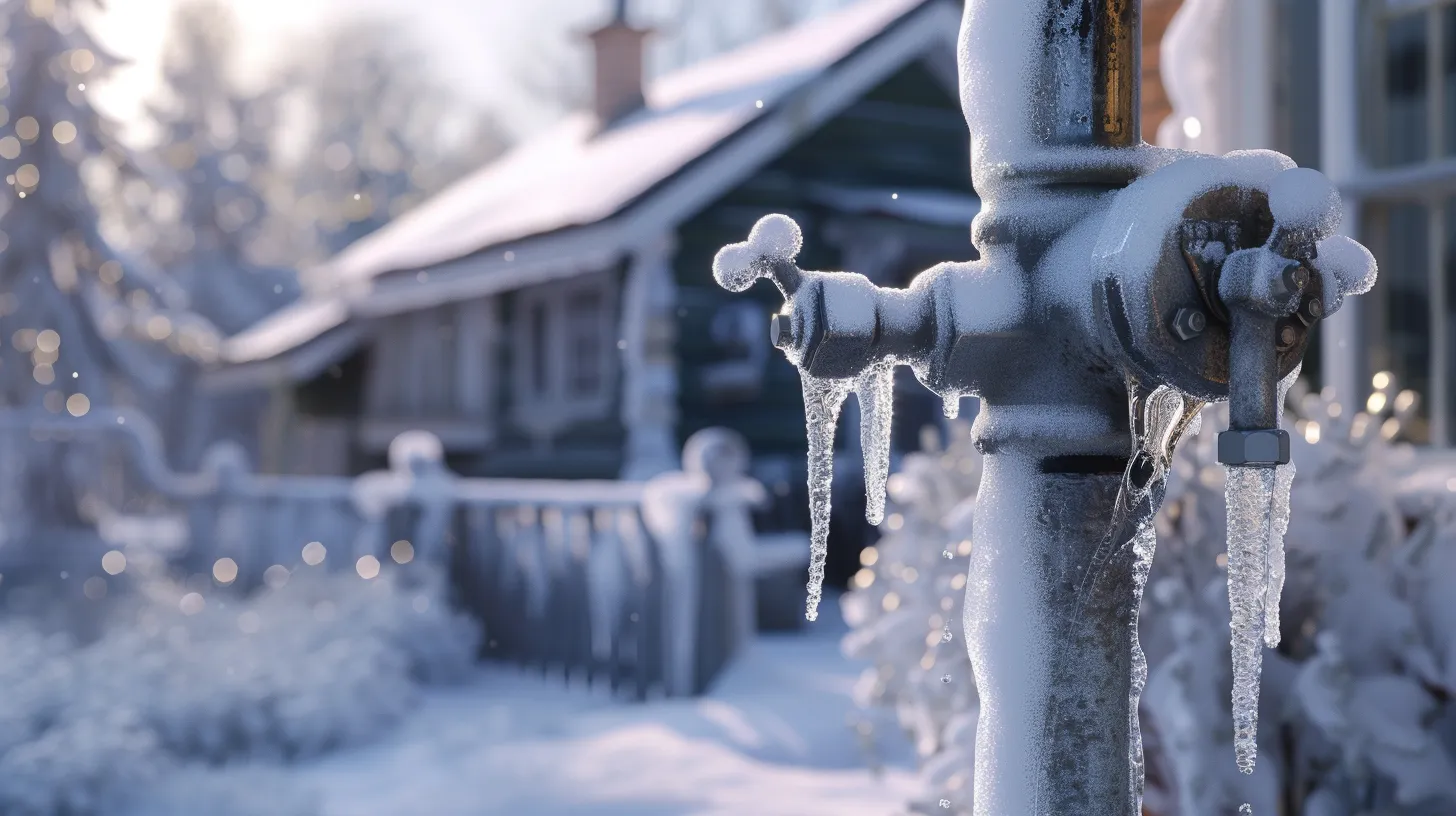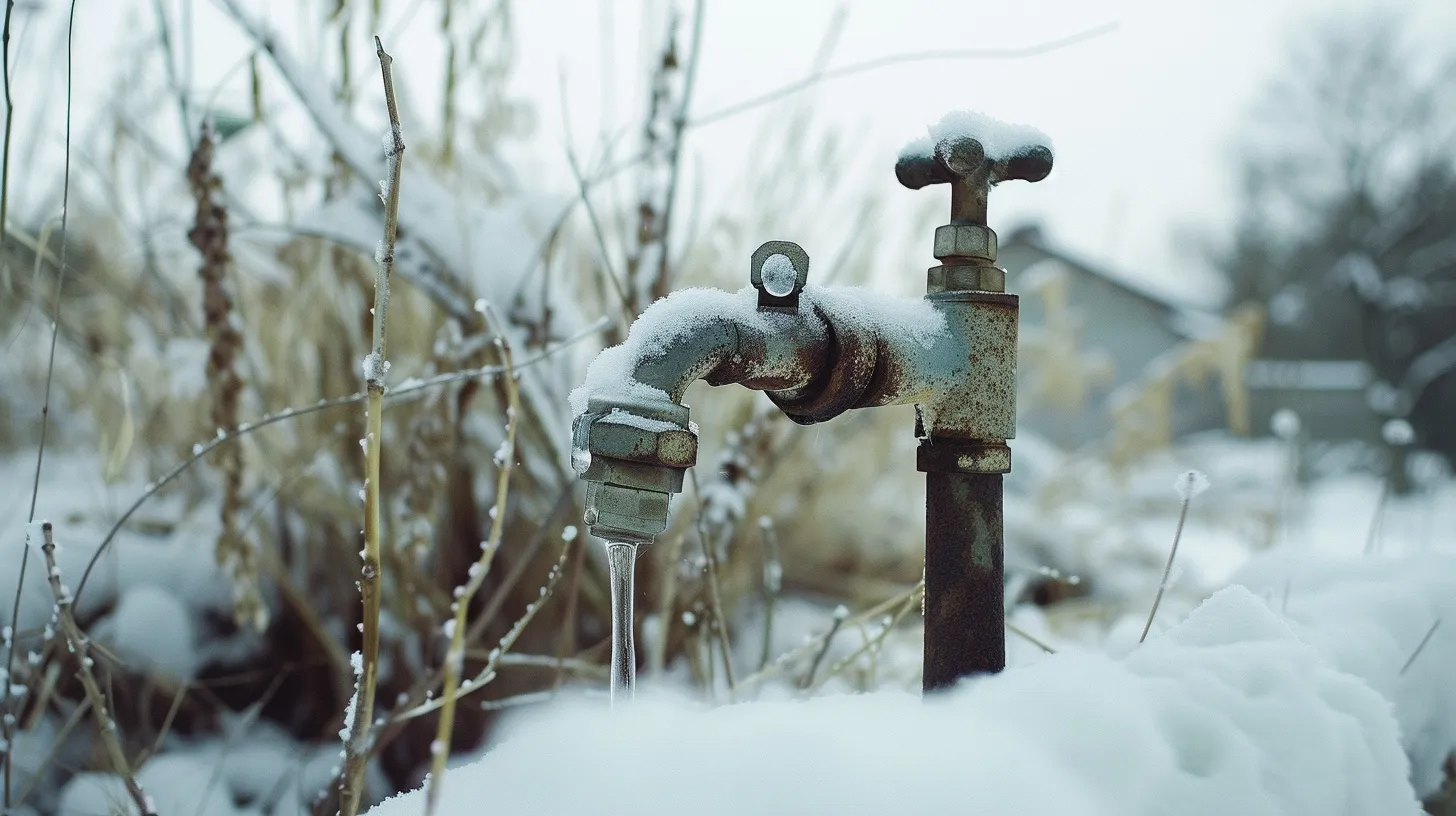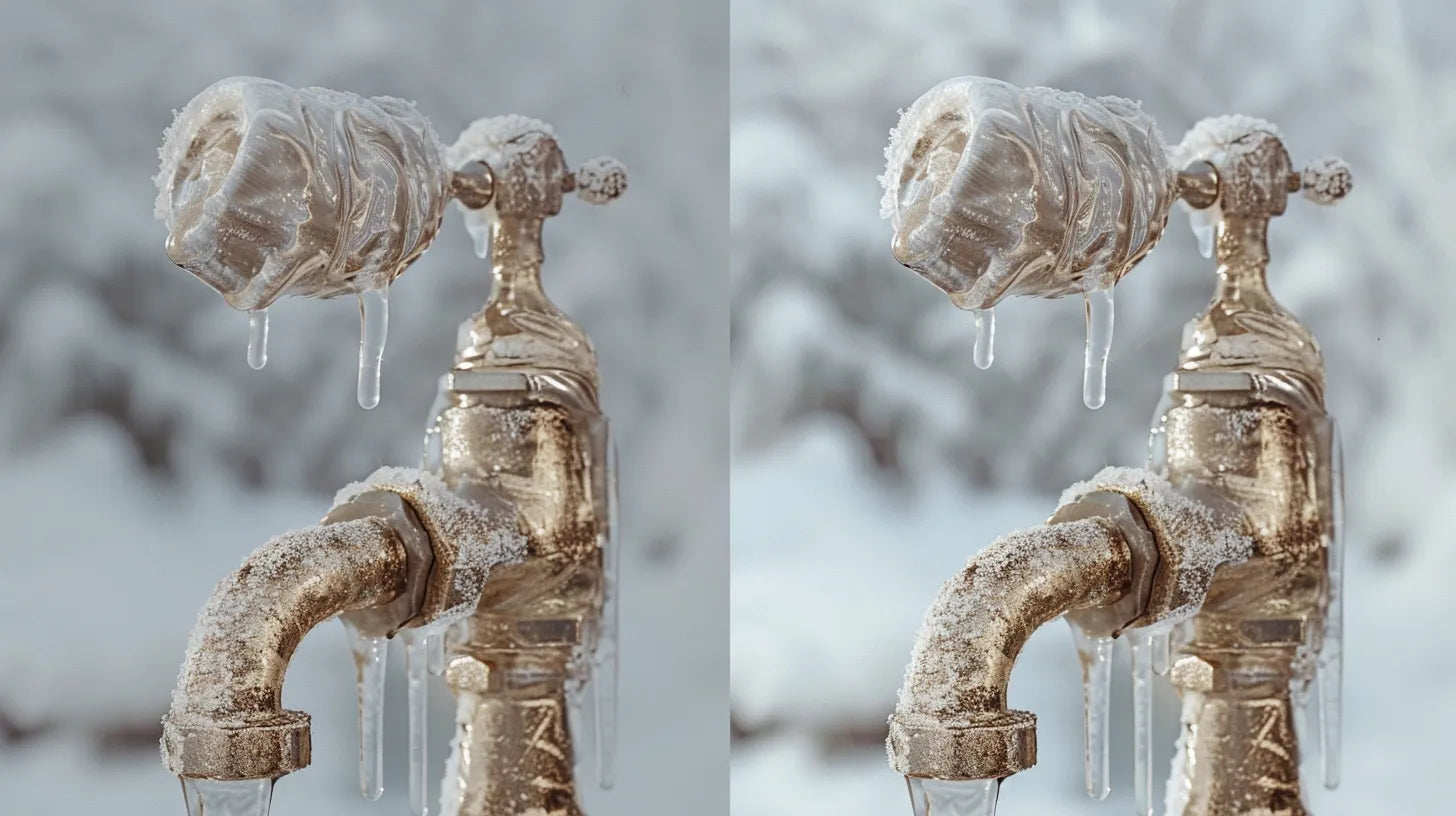When considering the overall maintenance and efficiency of your home's plumbing system, especially in colder climates, the question of whether to invest in a faucet cover becomes pertinent.
These seemingly simple devices offer a multitude of benefits, from preventing pipe bursts in freezing temperatures to enhancing energy efficiency and safeguarding the water supply.
However, as with any home maintenance choice, it's crucial to weigh the advantages against potential drawbacks and explore available alternatives.
Join us as we navigate the nuances of faucet covers, their installation, and overall impact on your plumbing system, to help you make an informed decision tailored to your specific needs.
Understanding Faucet Covers
Faucet covers, an essential tool for winterizing your home, offer crucial insulation to protect pipes from the severe consequences of freezing temperatures. These specialized, insulated covers are designed to fit snugly over outdoor faucets, creating a protective barrier against the cold. By preventing the ambient cold air from reaching the water pipes, faucet covers play a pivotal role in safeguarding your plumbing system during the cold weather months.
Constructed from durable materials, these covers are engineered to withstand the harsh conditions of winter, ensuring that your water pipes remain unfrozen. The effectiveness of a faucet cover is largely dependent on its proper installation and fit. A well-installed faucet cover will ensure that no part of the faucet is exposed to freezing temperatures, thus preventing freezing. Regular inspection and timely replacement of worn or damaged covers are also vital to maintaining their protective function.
For homeowners, the small investment in faucet covers can avert the potentially costly repairs associated with burst pipes. By understanding the importance of these covers and ensuring they are correctly utilized, individuals can significantly reduce the risk of freeze-related damage to their plumbing systems.
Benefits of Using Covers

After exploring the essential role of faucet covers in preventing freeze-related damage, it becomes evident that the benefits of using these protective accessories extend beyond simple insulation. Faucet covers act as a vital defense mechanism for outdoor faucets, particularly in regions prone to severe cold. By providing insulation, these covers prevent the water within the pipes from freezing. This is crucial because when water freezes, it expands, posing a significant risk of bursting pipes, which can lead to expensive repair work.
Moreover, faucet covers create a barrier against cold air, ensuring that the temperature around the pipes remains above the freezing point. This not only helps in maintaining water flow efficiency but also in preventing water damage to the home's internal structure. Considering the relatively low cost of faucet covers, they represent a small investment with potentially significant returns. Protecting your pipes with these covers can save homeowners from the inconvenience and expense of dealing with water damage and plumbing repairs.
It's important to note that for faucet covers to maintain their effectiveness, regular inspection and replacement of damaged covers are necessary. This proactive approach helps ensure that your outdoor faucets are well-protected against the cold, safeguarding your home's water supply throughout the winter months.
Installation Guide

Selecting the appropriate size of a faucet cover is the initial step to ensuring a snug and protective fit for your outdoor plumbing fixtures. Faucet covers are essential in winter to protect your outdoor faucets and prevent pipes from freezing, which could lead to costly damages. With the right cover, safeguarding your water pipe becomes a straightforward task that can help prevent the inconvenience of frozen or burst pipes.
To ensure the effectiveness of faucet covers and the safety of your outdoor faucet, follow these guidelines:
- Detach any hoses or fittings from the faucet before installing the cover. This step is crucial to prevent any water residue from freezing and causing damage.
- Shut off the water source to the outdoor faucet and drain any remaining water. This simple action helps further secure your pipes against freezing temperatures.
- Place the cover over the faucet and securely fasten it using the provided string or straps. Ensure that there are no gaps or loose areas where cold air could penetrate.
- Follow the manufacturer's instructions carefully for proper installation and optimal effectiveness.
Potential Drawbacks

While faucet covers offer a practical solution for preventing frozen pipes during the winter months, there are several considerations to keep in mind that might limit their effectiveness in certain situations. Faucet covers are designed to provide insulation, reducing the risk of freezing. However, in regions experiencing mild winters or inconsistent temperatures below freezing, these covers may not be necessary. The effectiveness of faucet covers can significantly depend on the individual climate conditions and the specific design of the cover.
In extremely cold climates, some faucet covers might not offer sufficient insulation, leading to potential freezing risks despite their use. For areas where freezing occurrences are rare or minimal, alternative preventative actions, such as draining the faucet, could prove more effective than deploying a cover. Therefore, it's crucial for users to assess their specific freezing risks and consider alternative methods tailored to their needs before deciding on the necessity of a faucet cover.
Understanding these potential drawbacks ensures homeowners can make informed decisions, optimizing their approach to prevent freezing without relying solely on faucet covers.
Alternatives to Covers

Understanding the limitations of faucet covers in certain climates, it's essential to explore alternative methods for preventing pipe freezing during colder months. While faucet covers can be an effective solution for some, others may find that different strategies are more suitable for their specific situation. These alternatives not only prevent freezing but also mitigate the risk of burst pipes and the costly repairs that can follow.
Here are some effective alternatives to using faucet covers:
- Remove hoses, splitters, or connections : Disconnecting these from the spigot during winter can help prevent water from freezing within the faucet, avoiding potential damage.
- Turn off the water supply : Using a shutoff valve located in a heated area of your home to stop the water supplying the faucet is a key preventative measure.
- Keep the faucet open : Allowing the faucet to remain open throughout the cold season can prevent pressure build-up from trapped heat, reducing the risk of freezing.
- Add additional insulation : Placing extra insulation where the faucet connects to the home can provide another layer of protection against the cold.










